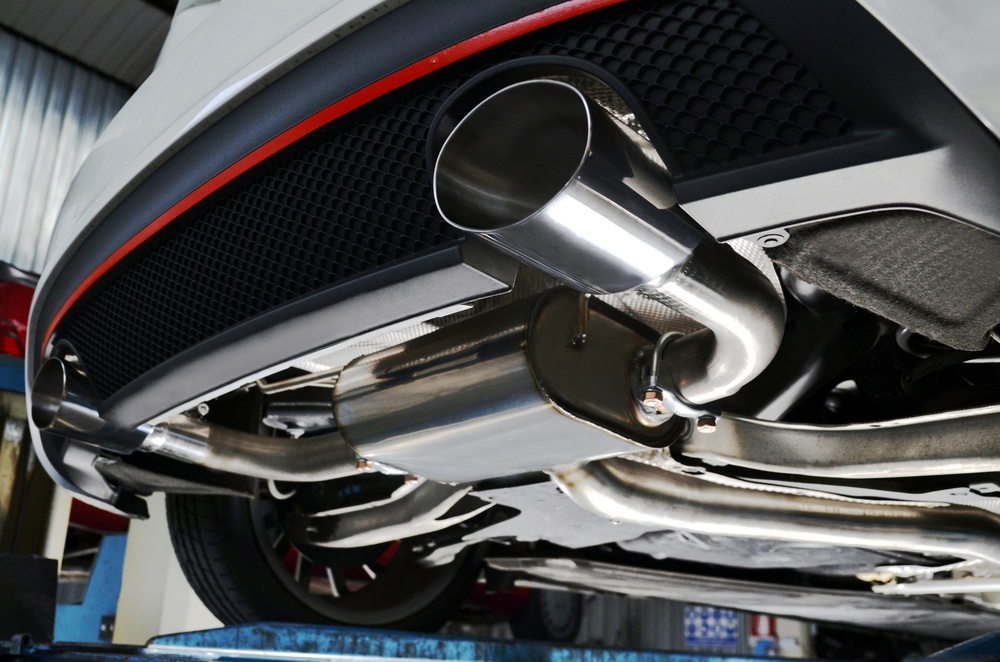
The exhaust system’s main purpose is to eliminate the burnt fuel-air mixture from the engine via the exhaust pipes. Similar to any car part or component, its lifespan is based on the intensity of its wear and tear. At some point, you may need to change or modify your car’s exhaust system if it ends up with corrosion or if it no longer functions optimally.
If you’re planning to upgrade your vehicle’s exhaust system, it can be daunting to know where to begin, especially if it’s your first time. Luckily, this article can help you get started with some useful tips.
- Pick A Suitable Bend Exhaust Upgrade
For better performance, the bend exhaust must always be kept in good condition because it directly impacts the airflow of the exhaust gases. Today, you can choose from either a mandrel or crush bend exhaust that connects to the exhaust system.
Factory-made or stock bend exhaust pipe utilizes a crush-bend technique with a crinkled region in the pipe that slows down the flow of exhaust gases. The disadvantage is that it cannot guarantee the smooth performance of your vehicle.
The other type is the mandrel bend, which is a smoother variety. It allows minimal resistance leading to the efficient flow of exhaust gases and better vehicle performance. When it works with single to dual exhaust pipes, it can help improve pressure imbalance while boosting horsepower.
If you want a simple upgrade to your exhaust system, consider checking out the available selection of Mandrel parts from reputable providers online.
- Choose The Correct Type Of Exhaust System
Like many car parts, it may be best to know the difference between the kinds of exhaust systems that you can use to modify your vehicle. By doing so, you are ensuring that you are purchasing the correct type that is compatible with your automotive.
- Single Exhaust And Dual Exhaust System. A single exhaust system utilizes a single main pipe between the engine and the tailpipe. A dual exhaust system comes in two configurations. The first is similar to a single exhaust, but the pipe splits after the catalytic converter or muffler into two pipes, resulting in a dual exhaust appearance. The other variant, called a true dual exhaust, maintains the exhaust for every side of the engine separated, and functions independently from the headers up to the tailpipes.
- Muffler-back Exhaust System. The muffler-back system is a smaller option if you want an affordable upgrade. Generally, it includes the tailpipe and muffler along with the crucial hardware.
- Cat-back Exhaust System. If you want an all-around modification, the most common aftermarket upgrade is a cat-back exhaust. The modification generally involves increasing the exhaust pipe with a bigger diameter while adding an efficient mid-pipe, tailpipe, and muffler. It also includes the components of the exhaust system behind the catalytic converter. Most car enthusiasts prioritize a cat-back exhaust system since it seamlessly upgrades all the components necessary to boost horsepower.
- Manifold-back, Header-back, and Crossmember-back Exhaust System. These exhaust systems are strikingly the same in their components. A manifold-back system boasts longer downpipes as the exhaust manifolds are shorter. The header-back and crossmember-back systems are the same, which hold everything that links to the header collectors.
- Axle-back Exhaust System. An axle-back system typically includes the muffler, tailpipe, and over-axle pipe. Most are relatively straightforward to install and can change the sound of your car’s exhaust.
As you can see, there are different exhaust systems available. With this in mind, it’s crucial to determine the suitable one for your vehicle.
- Opt For Parts Made With Quality Materials
Most are in stainless, mild steel, titanium, or nickel-based models if you’re checking out an aftermarket exhaust system. Due to the quality of the material, the options cost differently.
The stainless-steel option may be better if you prioritize strength and aesthetics. An advantage of this material is its long lifespan and resistance to rust formation. The only drawback is its heavier weight. Mild steel has the advantage of cutting down on weight. However, the material tends to corrode and end up with rust faster.
Aside from steel, titanium and nickel alloys are also worth considering. Titanium exhausts boast strength and are lightweight. However, they tends to oxidize upon exposure to high temperatures. As for nickel-based exhausts, they’re considered the most expensive. The material is specially made for high-temperature applications with durability and high resistance to corrosion.
- Boost The Catalytic Converter
The catalytic converter or cat works by converting the toxic emissions into less-toxic gases before being released from your vehicle. Generally, it holds a honeycomb ceramic structure coated with a catalyst, usually palladium, platinum, or rhodium. As the exhaust gases move through the honeycomb structure and come in direct contact with the catalysts, oxidation happens, and they turn into less-toxic fumes.
Switching to a high-flow catalytic converter may be worth considering if you want to boost your exhaust system. Generally, it’s specially designed to boost performance without sacrificing the flow rate. Remember that the modification may work best for vehicle owners who have significantly upgraded their engine power output or for any vehicle with a deteriorating or mediocre catalytic converter that disrupts the flow.
Final Thoughts
Modifying your vehicle’s exhaust system boils down to personal preference. If you’ve been eager to give your engine’s performance a boost while at the same time cutting down on exhaust gases, you have several options, such as upgrading the bend exhaust, the exhaust system type, the catalytic converter, or the material. With the proper upgrade, you’ll surely enjoy better car performance, which will give you an optimum road experience.

